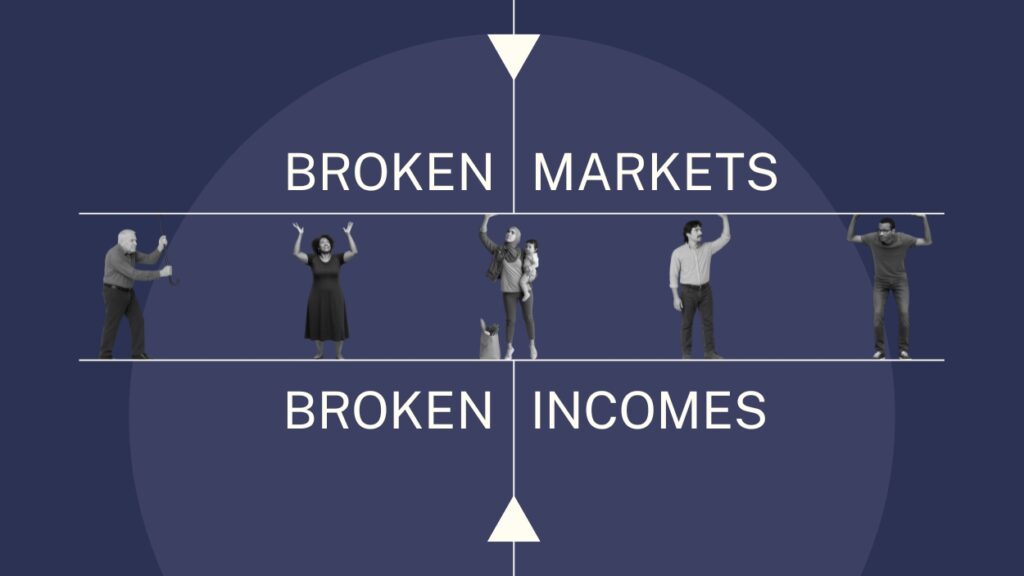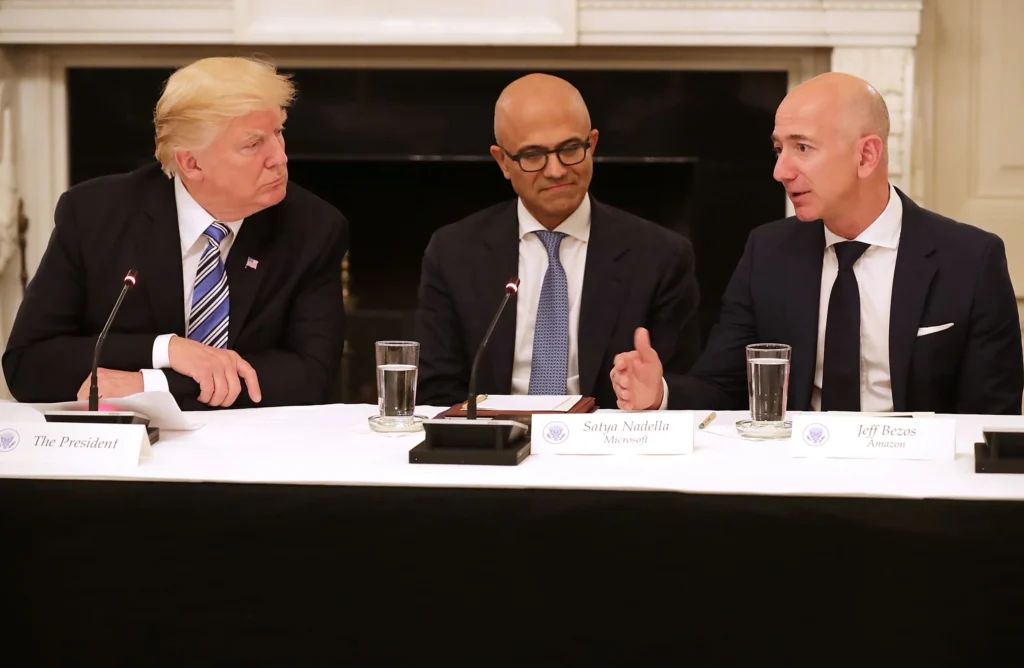
In anticipation of the Purple Line’s scheduled opening in 2027, Montgomery County officials are looking at places to build sidewalks near the light rail line. But plans to build sidewalks near the future Takoma-Langley station, on University Boulevard in Takoma Park, have been shelved in part because neighbors say they’re afraid of “stranger danger.”
Staff at the Montgomery County Department of Transportation (MCDOT) identified eight residential streets within a half-mile of the station that were missing sidewalks, then sent information about the proposal to over 150 nearby households. Fewer than half replied, but those who did were mostly against it. According to the letter from Robert Gonzales, Sidewalk Section Chief, of the 73 residents who responded, just 12 supported the sidewalks.
“In the remaining 61 comments, residents heavily opposed the installations,” Gonzales wrote, “expressing concerns about loss of available parking, lack of need, financial loss due to tree and landscaping removals, loss of environmental beauty and the ‘natural feel’ of the community, stranger danger, increased crime, littering, and, most of all, the worsening of stormwater flooding and erosion.”
Gonzales added that the county’s budget doesn’t have enough money to install the sidewalks anyway. “Our decision is clear,” he concluded. “None of the proposed sidewalks will be installed.”
“Stranger danger” is a concept dating to the 1960s, when high-profile cases of children being abducted or murdered began appearing in the news. If you grew up in the 1990s like me, you probably remember pictures of missing kids on milk cartons or round-the-clock news coverage about child kidnappings.
It’s largely unfounded, as children are most likely to get abducted by someone they know. But “stranger danger” was still an effective tool to scapegoat minority groups, like gay people, as threats to children. It became an excuse for “tough on crime” policies like mass incarceration. Sometimes it even backfired, leading children who are actually in danger to reject an unfamiliar adult trying to help. Today, child safety advocates strongly discourage teaching kids about “stranger danger.”
What does that have to do with sidewalks? I don’t know. But it seems any opposition, regardless of the reason, is enough not to build a sidewalk.
It’s generally MCDOT policy to get resident approval for the smallest of transportation projects. As with many things, the people who want sidewalks are less likely to speak up than people who are motivated by opposition, and people who don’t want sidewalks in front of their house can be pretty loud. Thus, the agency tends to defer to them.
In a now-deleted Bluesky post, an agency staffer said they asked residents in Bethesda’s Kenwood neighborhood, where thousands of people go to see cherry blossoms each spring, about building sidewalks. MCDOT decided not to after 50 households–a majority of those who replied, but just 20% of the whole neighborhood–were opposed.
Screenshot of a deleted post from MCDOT’s Bluesky page. 
Even in neighborhoods where there’s vocal support for pedestrian improvements, MCDOT is slow to act. The agency rejected a Rockville neighborhood’s request for a stop sign near Wood Middle School after a driver hit one child, and only relented after another child was killed by a school bus. Here in East Silver Spring, my neighbors and I are pushing for stop signs at two intersections where drivers hit me and my dog and an 11-year-old boy this year. Bethesda Today recently covered that effort and was told by Michael Paylor, who’s in charge of traffic engineering and operations at MCDOT, that “sometimes it’s the best interest of the county to do nothing.”
Montgomery County boasts that it’s one of the first places in the United States to adopt Vision Zero, pledging to end all traffic fatalities by 2030. But between January and October 2025, 358 pedestrians were involved in a crash, 12 of whom died. That’s basically the same as four years ago. Giving people more safe places to walk by building more sidewalks, especially near a transit station that many people will walk to, would go a long way in reversing this trend. If this county were serious about safety, it wouldn’t use “stranger danger” as a reason not to build sidewalks.
The Department of Transportation is overseen by County Executive Marc Elrich, who is term-limited and is instead running for County Council. Next year’s Democratic primary on June 23, 2026 will likely decide his successor, who will be responsible for the agency. We’ll be endorsing in the executive and county council races, and asking the candidates if they support building more sidewalks–or making more excuses.
Top image: A sidewalk. Image by the author.




